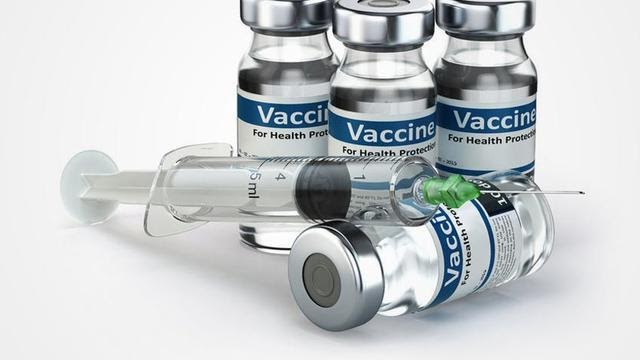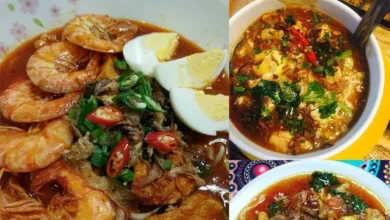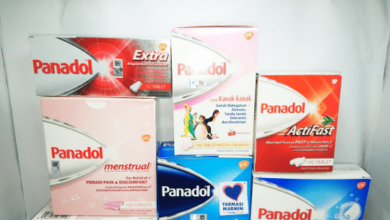‘Sinovac booster better than none’

The decision to allow Sinovac vaccine recipients to receive the same vaccine type for their booster dose, while acknowledged to be less effective than a heterologous (mixed) dose, is still “better than nothing”, say public health experts.
They believe the move will at least provide the 3.5 million Sinovac recipients nationwide who have yet to get their booster doses with some degree of protection against Covid-19, which is now seeing a rapid surge in cases fuelled by the spread of the Omicron variant.
Public health expert Datuk Dr Zainal Ariffin Omar said allowing Sinovac recipients to receive the same vaccine for their booster was a preferable option to having no booster doses at all.
“These 3.5 million people make up a significant portion of the population. It will slow down the transmission (viral load) but they can still be infected.
“But most importantly, the majority should be protected by boosters. What boosters they take should be their choice,”
A study by Brazilian and Oxford University researchers involving 1,240 Sinovac vaccine recipients who were given different booster combinations, including Pfizer and the China-made vaccine, showed that people who had two doses of Sinovac should get boosted with a different vaccine to ramp up their protection against Omicron.
The findings, reported in The Lancet journal on Jan 21, showed that while those with a third Sinovac dose did experience a boost in antibodies 28 days later, the improvement was much higher in those boosted with vaccines from Pfizer, AstraZeneca or Johnson & Johnson.
The Health Ministry on Monday had announced that while it still recommended Pfizer or AstraZeneca boosters, Sinovac recipients and those aged 60 and above could still opt for the same booster to retain their fully vaccinated status ahead of the Feb 28 deadline.
Epidemiologist Dr Malina Osman said the government was doing the right thing as it would bring the outliers into the fold.
“At this point, everybody is out in public and many are not following the standard operating procedures. The elderly and high-risk groups, such as the immunocompromised, need to get their boosters fast.
“If the government does not allow Sinovac recipients to get boosters of their choice, the healthcare system could be at risk when the cases rise exponentially and our 1,400-capacity Intensive Care Units (ICU) can no longer cope.”
Public health specialist Dr Safiya Amaran said the key reason behind boosters was not avoiding infection but preventing severe effects.
The Universiti Sultan Zainal Abidin medical lecturer said recipients of the Sinovac vaccine, which reportedly have an effective coverage of only 90 days, were losing what little immunity coverage they had as the Omicron variant skips vaccine firewalls that had thwarted the Delta variant.
She also supported the ministry’s hardline approach in giving a deadline for booster shots for Sinovac recipients and the elderly.

“Many of the elderly died or were hospitalised during the Delta wave because they exceeded their three-month threshold of the vaccine’s coverage. The public should appreciate this move by the government because this is for their benefit.”
She said while the efficacy was not as high as other combinations, when combined with the other two Sinovac doses, the third dose did offer significant protection as seen during the Delta wave.
“ICU cases will also go down to a certain extent when the vaccinated percentage increases and the healthcare system can breathe again, as what we witnessed last year during the regressive phase of the Delta wave.”
However, Datuk Seri Dr Awang Bulgiba Awang Mahmud, who heads Putrajaya’s Independent Covid-19 Vaccination Advisory Committee, did not recommend Sinovac as a booster due to the low level of neutralising antibodies that it was observed to produce.
He said in the battle against the Omicron wave, there were two ways booster jabs could help.
“As Omicron has more than 30 mutations in the spike protein, which make it unrecognisable to many antibodies, antibodies are finding it difficult to locate the variant. So, the first approach is simply to boost the number of circulating antibodies to a level that some antibodies will be able to locate and neutralise the Omicron variant.”
He said the second approach was to boost the T-cells. Research, he added, suggests that the cellular immunity still held strong against the Omicron variant, which might account for the low percentage of severe infections with the variant.
“The first approach is aimed at stopping infections, but this booster (any booster) approach is less than perfect (due to the sheer infectiousness of the Omicron variant) and needs to be combined with non-pharmaceutical interventions like mask wearing, physical distancing and sanitisation.
“Masks need to be worn properly in the workplace and outside the home at all times except for meals. If the wearer can afford it, they should opt for N95, KN95, KF94, FFP2 masks or better.
“If not, then double masking is a cheaper alternative — an inner surgical mask with an outer good-fitting washable cloth mask.”




